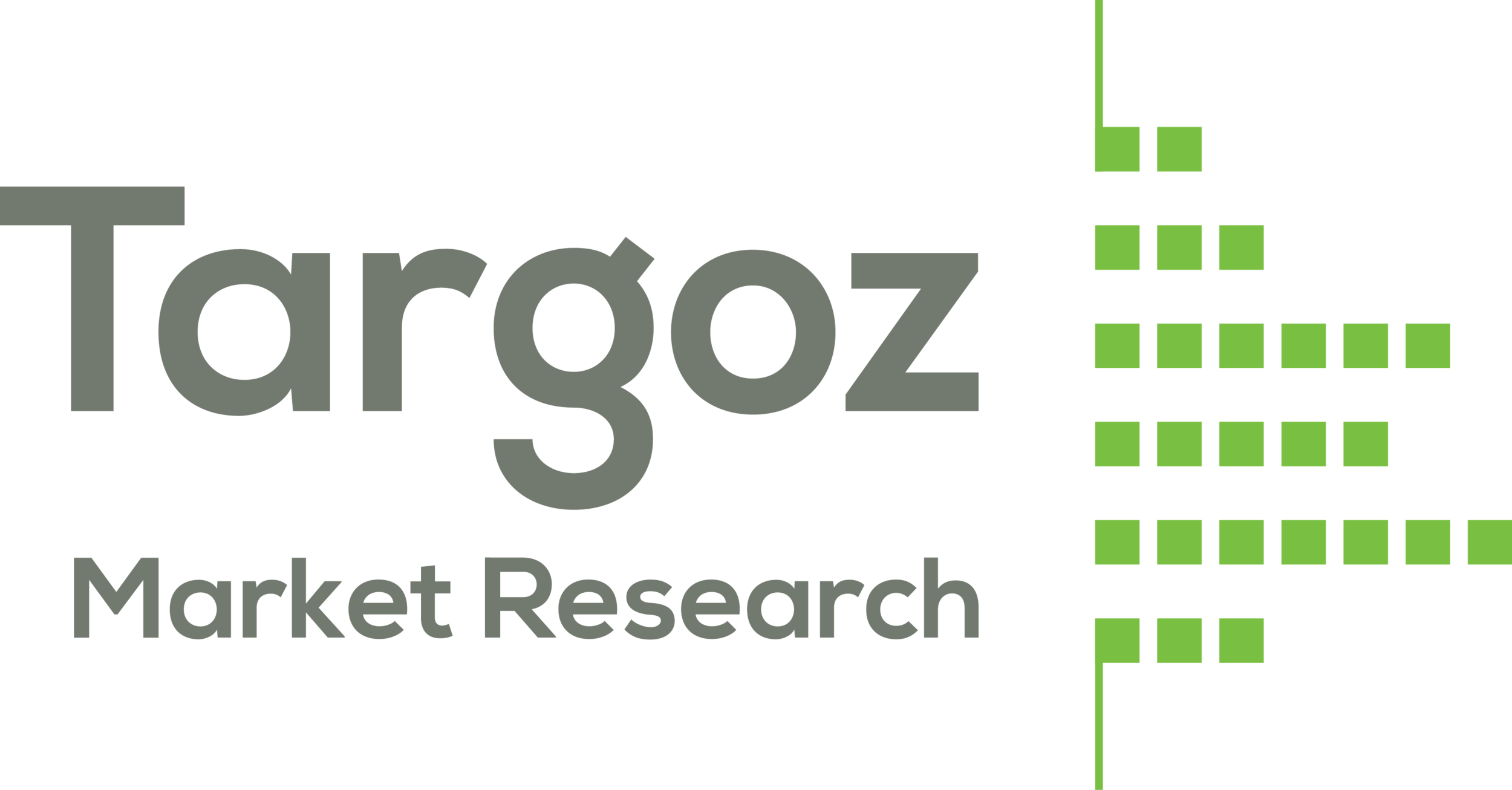U.S. Economic Outlook For 2023 | Targoz Market Research
Here at Targoz Market Research, we work with clients from a variety of industries and sectors. As such, we have a unique perspective on the economy and what trends will impact businesses in the coming year.
We know many of you are busy developing budgets and business plans for 2023. We wanted to share some of our thoughts on what's in store for the economy that we shared with clients earlier this week, which might help you finalize your plans for the following year.
U.S. Outlook
Based on the Conference Board Consumer Confidence surveys, consumers are beginning to believe that we are headed for a recession. In our view, they are correct. Europe is likely already there.
The U.S. is probably facing an actual recession in early 2023.
The Federal Reserve appears to be committed to getting inflation below 3%. The May Personal Consumption Expenditures Price Index, Excluding Food and Energy was 4.7 %. Historically, the Fed has never been able to cut inflation by that amount in a two-year time frame without engineering an actual recession.
What do we mean by an actual recession?
A technical recession is defined as two consecutive quarters of negative GDP growth, while an actual recession is determined by the National Bureau of Economic Research (NBER), the accepted arbiters who view a significant decline in economic activity that is spread across the economy and that lasts a few months as an actual recession.
Since the great depression, we have encountered 15 recessions, and this one will likely look like the "mild" early 2000's recession that lasted from March 2001 to November 2001, following a record-long U.S. expansion and the collapse of the dotcom bubble.
The dotcom bubble was fueled by speculative or fad-based investing (ahem, Crypto) and an abundance of venture capital funding for startups. Venture funding is now on pace for a 19% quarter-over-quarter decline. The V.C. bubble is starting to pop.
Growth is slowing, and we are likely to see subdued corporate net earnings throughout the rest of 2022. Consumer discretionary spending on high-end apparel, entertainment, leisure activities, and automobiles could struggle while consumer staples like foods and beverages and household goods should continue to grow.
So, what do we advise?
In these situations, the general rule of thumb is to avoid investing in unprofitable growth, shore up balance sheets, conserve cash, and consolidate your market position where possible.
Batten down the hatches and be prepared to pounce on new opportunities, which should be plentiful later in 2023. Start to develop new products or services for launch in 18 months.
Over the past two years, everyone has talked about the Great Resignation. If the 2000s were any indication of what's to come, heading into 2023, the conversation will probably shift to the Great Restructuring. During the 2000s downturn, most companies restructured operations, leveraging technology to reduce their workforce.
While the labor market remains tight due to the declining working-age population in the U.S., we should see a reversal in employment as the Federal Reserve continues to tighten market conditions and companies begin to reduce headcount. In 2000, most companies cut people, programs, and property.
Proper planning, research, and development could lead to great opportunities into late 2023.
If you have any questions or want to discuss your business plans, please don't hesitate to reach out to us. We're always happy to help clients navigate these challenging times.
